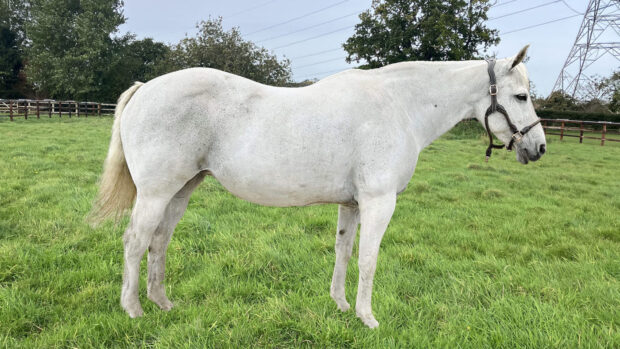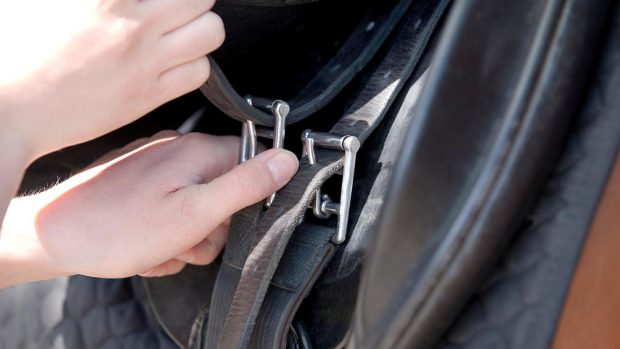An unbelievable amount of grass has grown this spring and early summer. Even fast-eating cows have struggled to keep up, and the implications for horse owners are both good and bad.
This is good for forage prospects later in the year, as the weather has been fantastic for first-cut haylage and hay, but bad for all those horses who have become fat on the lush green grass.
There is no equine equivalent of the Atkins diet, which relies on the consumption of protein and fat. While a low-carb diet for humans is feasible, it would be a killer for horses. This is because dietary fibre, essential for digestive health, is carbohydrate-rich, and also because rapid weight loss can cause the potentially fatal condition hyperlipaemia.
Fat horses or ponies are not healthy and, unless you act, will enter a vicious circle of increasing fat content and reduced activity. The best way to slim – horse or human – is to eat fewer calories and exercise more.
The equivalent of the “no more than 2,000 calories per day” human diet target for horses is to feed 1.5-1.75% of the horse’s weight as its total diet.
This is equivalent to 10 kg per day of total forage and hard feed for an overweight 16.1hh part-Irish Draught, or a measly 6kg for a fat 13hh Welsh pony. These are not starvation amounts – just restricted in the same way Weight Watchers portions are.
Fighting fat
- Exercise: make it aerobic and for more than 30min per day. When walking, ensure that the horse is active and on the bit. If there’s an equine pool nearby, try regular swimming, which avoids unnecessary concussion
- Restrict grazing: all good endeavours will be undone by a day of rich grass — just like breaking your diet by eating chips
- Move slowly on to the diet rations: sudden starvation is very dangerous and any rapid increase in exercise will only cause muscle and joint ache
- Short-chop fibre and supplements are a good way to make the horse think he is being fed sumptuous amounts: don’t tell him it’s low calorie! The vitamins and minerals make sure that all basic needs are met
- Check progress weekly: either by weighing, condition scoring or using a weigh tape. Make a chart of actual versus target weight to visualise the progress being made
This article first appeared in H&H (1 July)




